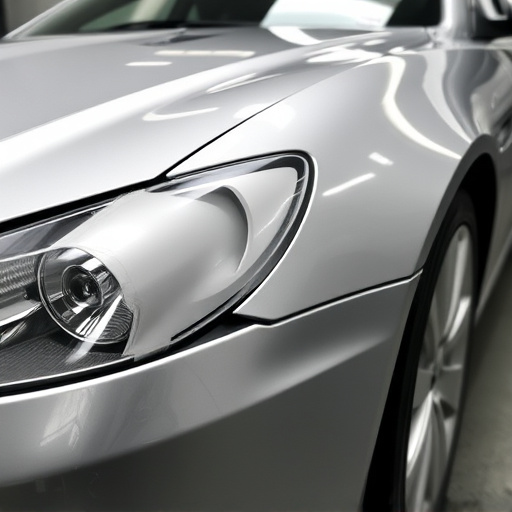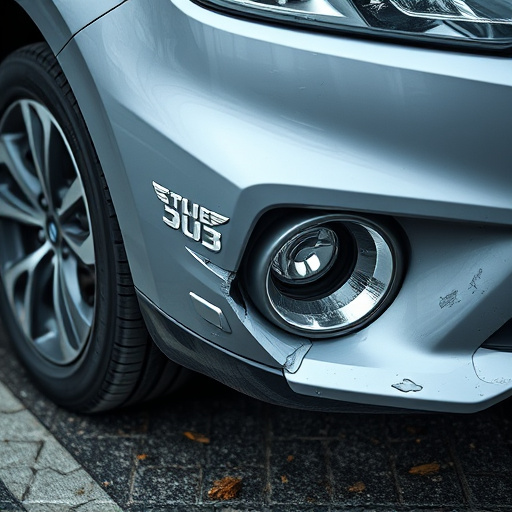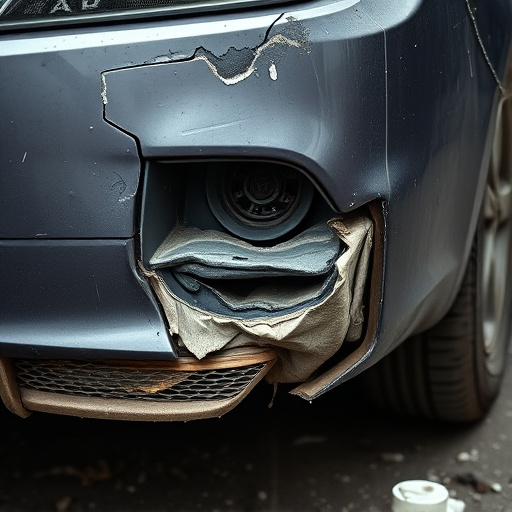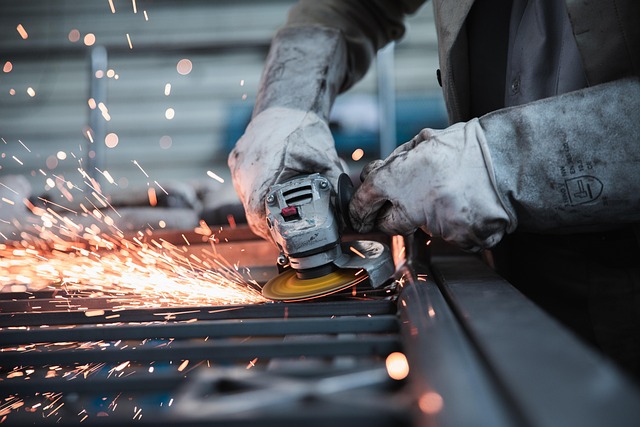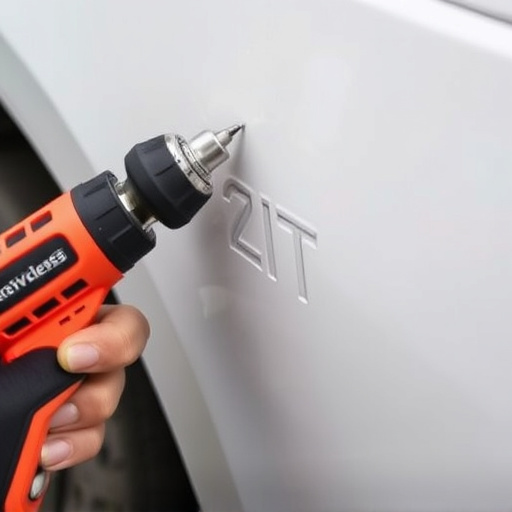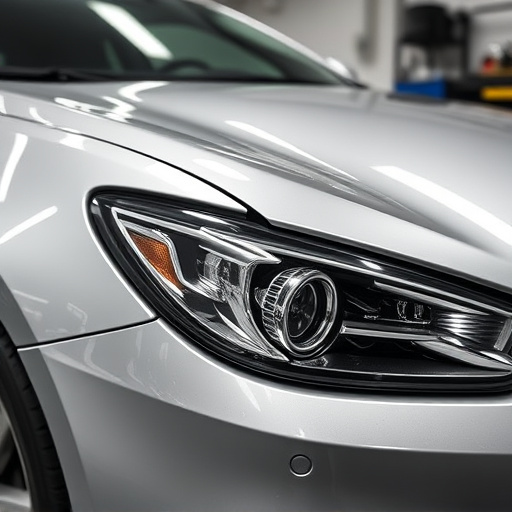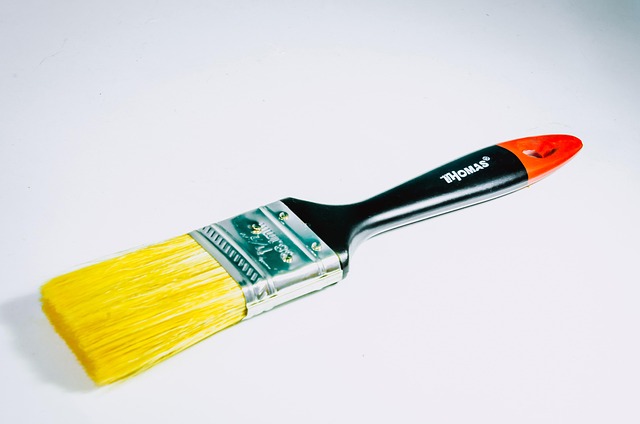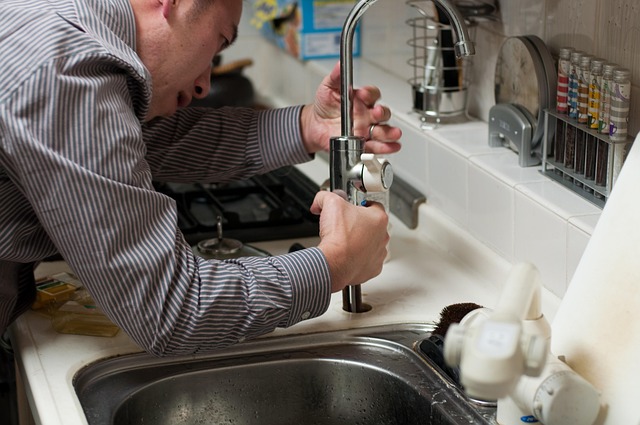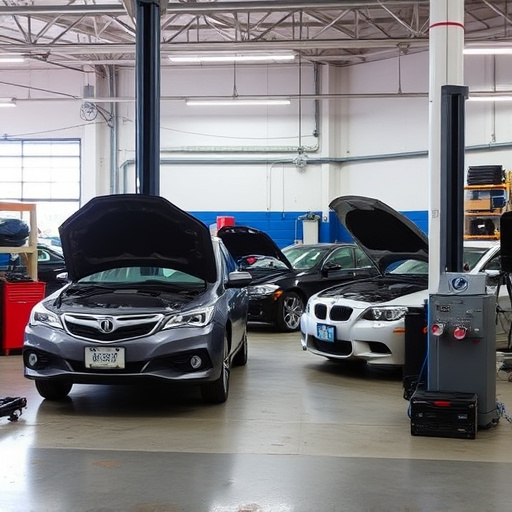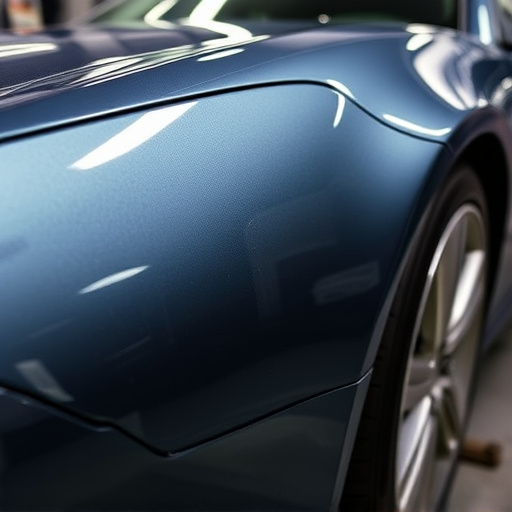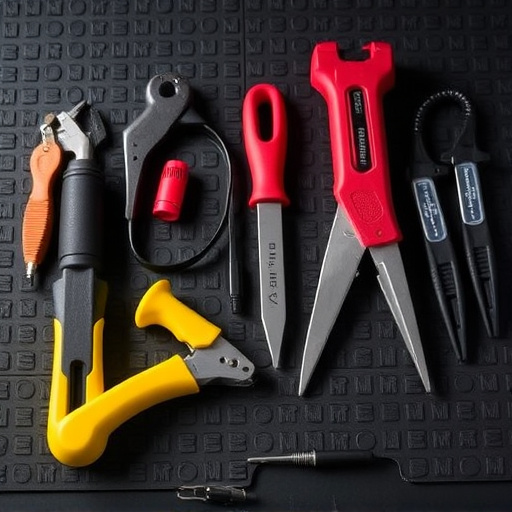Tesla's Paint Protection Film (PPF) shields paintwork from chips and scratches but requires professional repair for damage. Common issues include edge lifting, micro-cracks, and scuffs. Prompt repairs maintain vehicle value and PPF effectiveness. Regular cleaning and prompt inspection prevent costly repairs. Specialized techniques restore PPF clarity and protectiveness after hail damage or car dents.
“Looking to restore your Tesla Model S, 3, X, or Y’s pristine finish? This guide delves into the world of Tesla PPF (paint protection film) repair, an essential practice for maintaining the vehicle’s exterior. We explore the basics of PPF, common issues faced by these models, and effective strategies for repair and maintenance. By understanding the unique challenges and implementing proper techniques, you can ensure your Tesla stays protected and looking its best.”
- Understanding Tesla PPF: Protection and Repair Basics
- Common Issues with Model S, 3, X, Y PPF
- Effective Strategies for PPF Restoration and Maintenance
Understanding Tesla PPF: Protection and Repair Basics
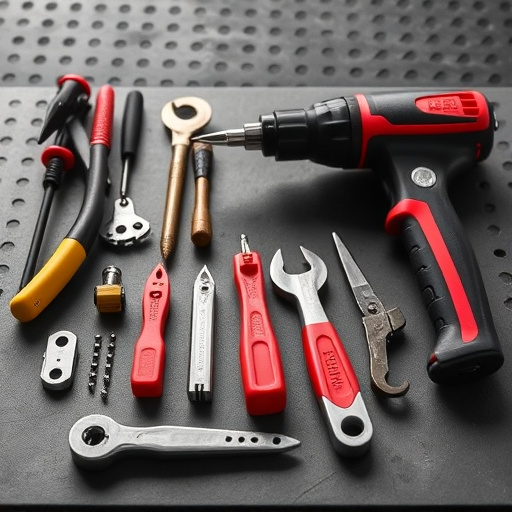
Tesla’s Paint Protection Film (PPF) is a clear, protective layer that wraps around your vehicle’s paintwork, safeguarding it from chips, scratches, and other types of damage. It’s especially beneficial for cars like the Model S, 3, X, and Y, known for their sleek designs and sensitive paint finishes. Understanding how to maintain and repair this film is crucial for keeping your Tesla looking pristine.
When a car experiences a collision or accidental damage, the PPF can often be damaged too. In such cases, professional auto body services specializing in Tesla repairs become indispensable. Auto repair experts skilled in PPF restoration use precision tools and techniques to remove any damaged or cracked sections of film, ensuring minimal disruption to the overall protective layer. This meticulous process involves expert knowledge and specialized equipment to match the original specifications, providing a seamless finish that blends perfectly with your Tesla’s exterior.
Common Issues with Model S, 3, X, Y PPF
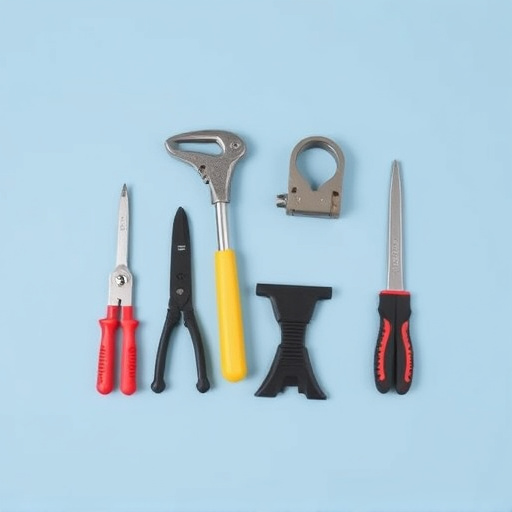
Tesla’s Paint Protection Film (PPF) is designed to safeguard the vehicle’s exterior against scratches, chips, and other damage. However, like any protective layer, it’s not invulnerable. Common issues with Model S, 3, X, and Y PPF include minor scuffs, edge lifting, and micro-cracks due to road debris or curbs. These flaws not only compromise the aesthetic appeal but also weaken the overall protection offered by the film.
In fleet repair services or at auto collision centers, professionals often encounter these problems during vehicle paint repair processes. Edge lifting, for instance, can occur over time as the PPF degrades or when subjected to extreme weather conditions. Micro-cracks, caused by minor impacts, might seem like a minor inconvenience but can grow and eventually lead to more significant damage if left unattended. Prompt repair is crucial to maintain the vehicle’s value and ensure the continued effectiveness of the Tesla PPF.
Effective Strategies for PPF Restoration and Maintenance
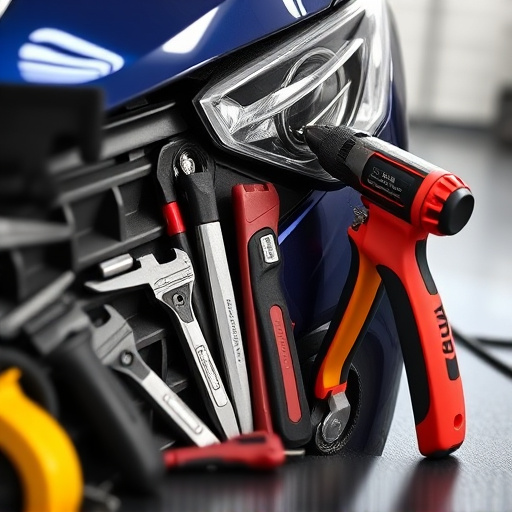
Effective Strategies for Tesla PPF (paint protection film) Restoration and Maintenance
Regular cleaning is key to maintaining your Tesla PPF. Use a soft cloth and mild, pH-neutral soap to avoid damaging the film. Avoid harsh chemicals or abrasive materials that could scratch or fade the surface. Furthermore, consistent inspection for any signs of damage, such as cracks or bubbles, is crucial. Addressing small issues early prevents them from escalating into larger, more expensive repairs.
For hail damage repair or car dent removal, a quick response is vital. If your Tesla has been affected by weather conditions or road debris, promptly assess the extent of the damage. Many auto repair services offer specialized PPF repair techniques to restore the film’s clarity and protective qualities. Regular maintenance not only keeps your vehicle looking its best but also extends the lifespan of your paint protection film.
Tesla’s Paint Protection Film (PPF) is a valuable asset for keeping your Model S, 3, X, or Y looking pristine. By understanding common issues and implementing effective restoration strategies, you can extend the life of your PPF and maintain its protective benefits. Whether it’s addressing chips, scratches, or yellowing, prompt repair and regular maintenance are key to preserving the investment you’ve made in your Tesla’s exterior. With the right approach, you’ll keep your vehicle looking as vibrant and protected as the day it left the factory.
